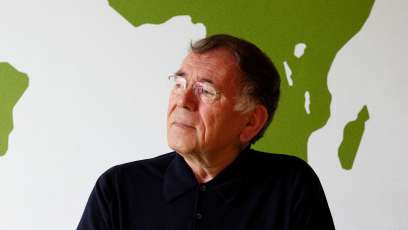BOOK
William H. Whyte, Project for Public Spaces, 1980
It is often assumed that children play in the street because they lack playground space. But many children play in the streets because they like to. One of the best play areas we came across was a block on 101st Street in East Harlem. It had its problems, but it worked. The street itself was the play area. Adjoining stoops and fire escapes provided prime viewing across the street and were highly functional for mothers and older people. There are other factors at work, too, and had we been more prescient, we could have saved ourselves a lot of time spent later looking at plazas. Though we did not know it then, this block had within it all the basic elements of a successful urban place.
For more from Project for Public Spaces, the nonprofit organisation founded by William H. Whyte, and the work they are doing around placemaking, click here.




